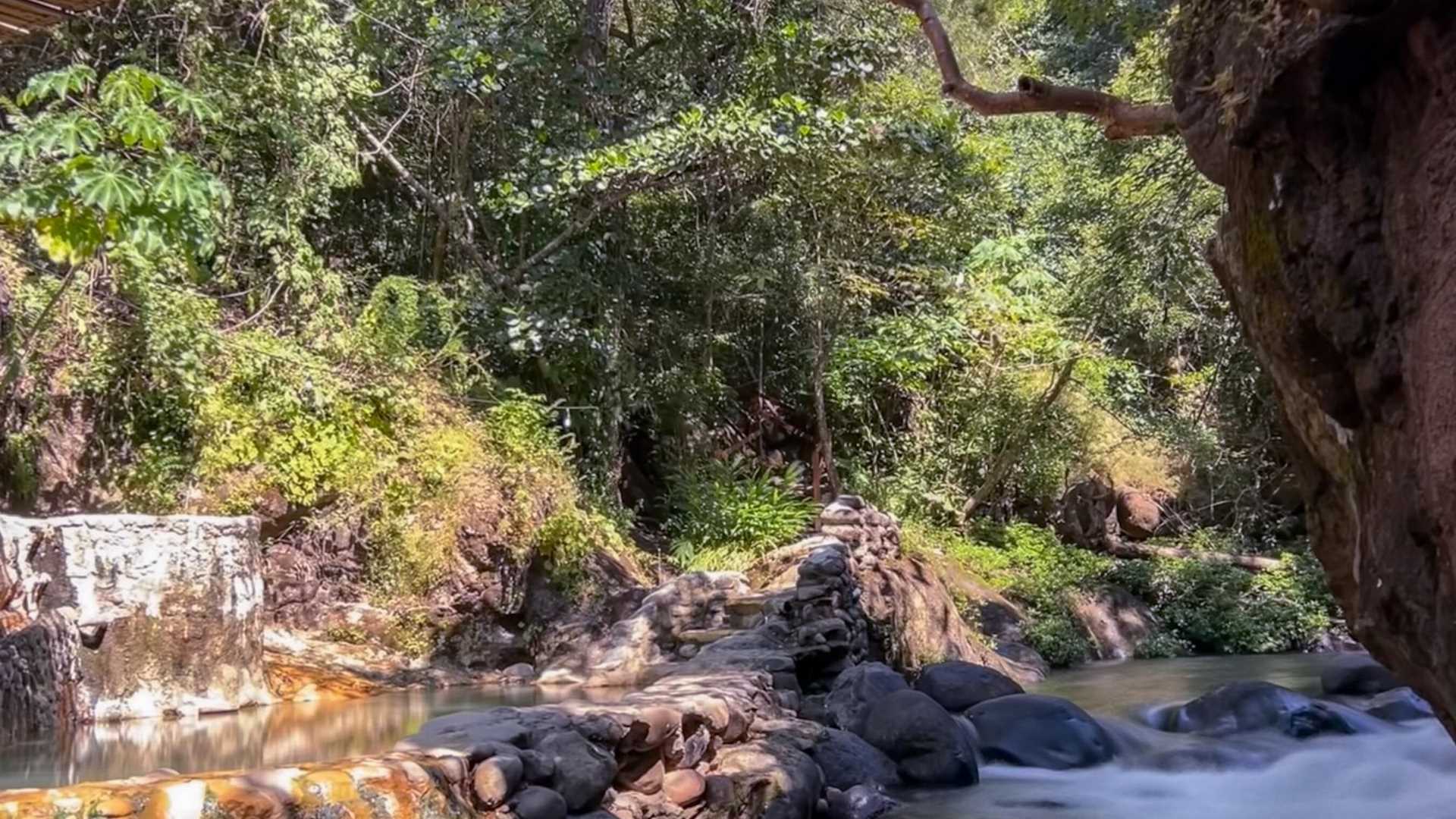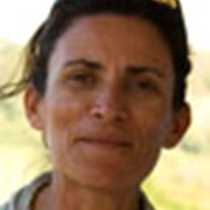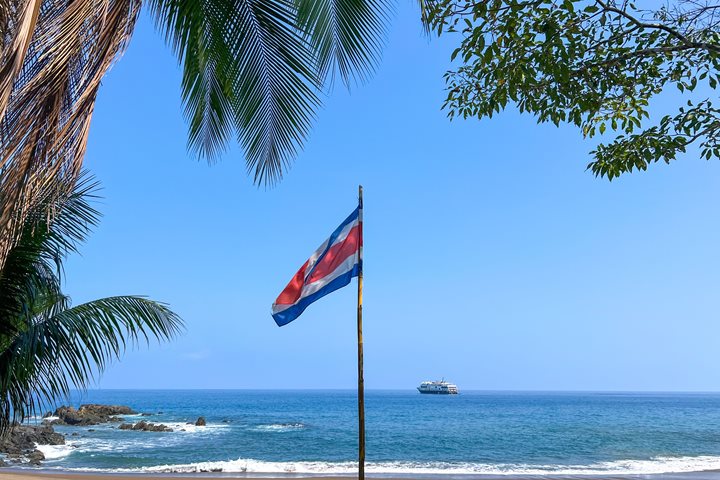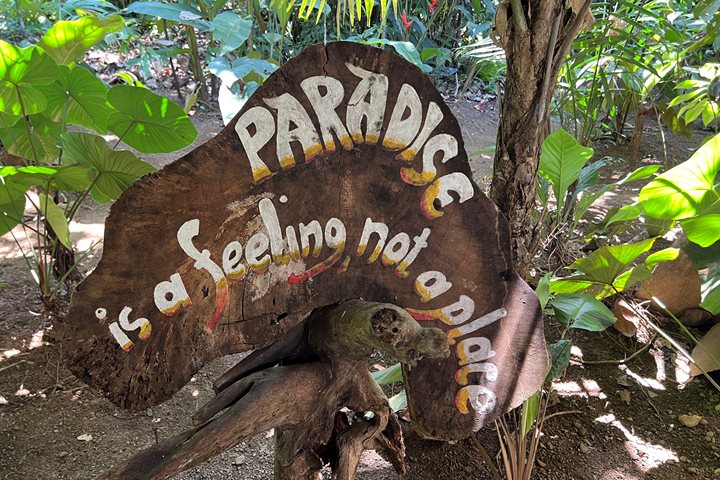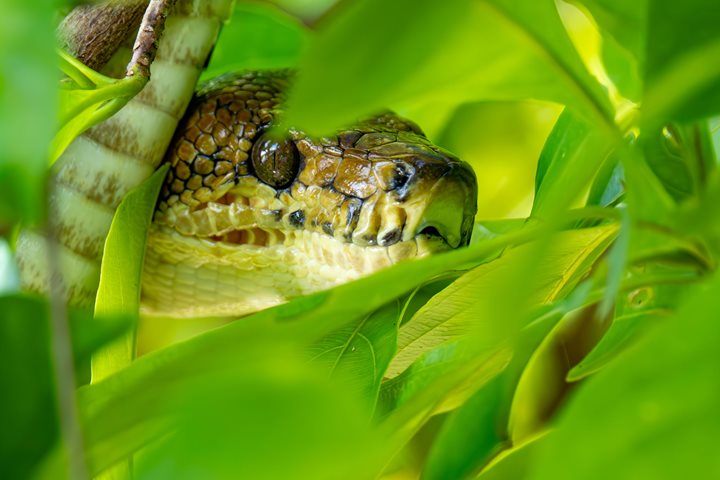The third day of our journey found us in front of Playas del Coco, one of the most popular beaches for Costa Ricans of the Central Valley. The name literally translates to the Coconut Beach. We noticed that the beach was decorated for Christmas as we boarded buses. In the morning, the group split into two main groups: those going on the forest/Rincon de la Vieja Volcano hike and those heading directly to Hacienda Guachipelin to choose between ziplining or visiting the hot springs.
We enjoyed an extravagant Costa Rican lunch that consisted of ceviche, all sorts of salads, refried beans, rice, sweet plantains, handmade tortillas, chorizo, chicken, beef, steak, and rice pudding, amongst other desserts.
Directly after lunch, we moved on to our afternoon activities. We planned to visit Las Chorreras Waterfall, so we split into two main groups: those going by foot and those going on horseback. What an amazing day with so many activities and another beautiful Pacific Ocean sunset in Playas del Coco. We returned to trusty National Geographic Quest for a well-deserved rest.

